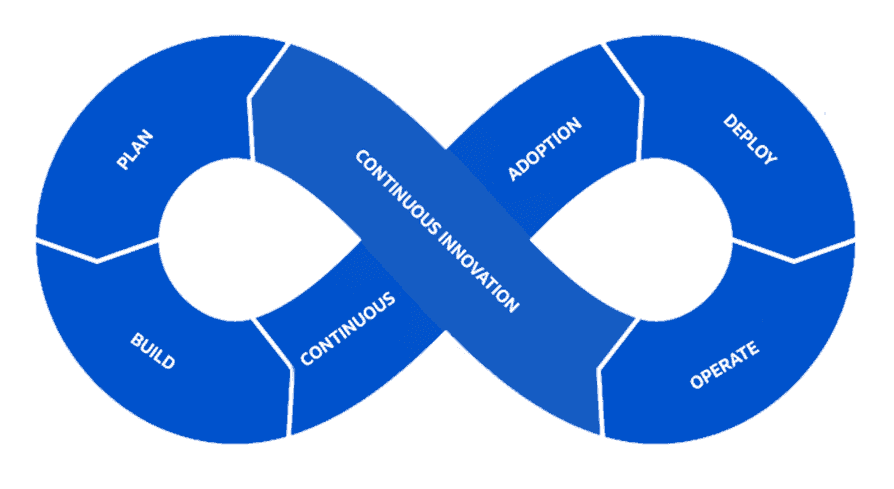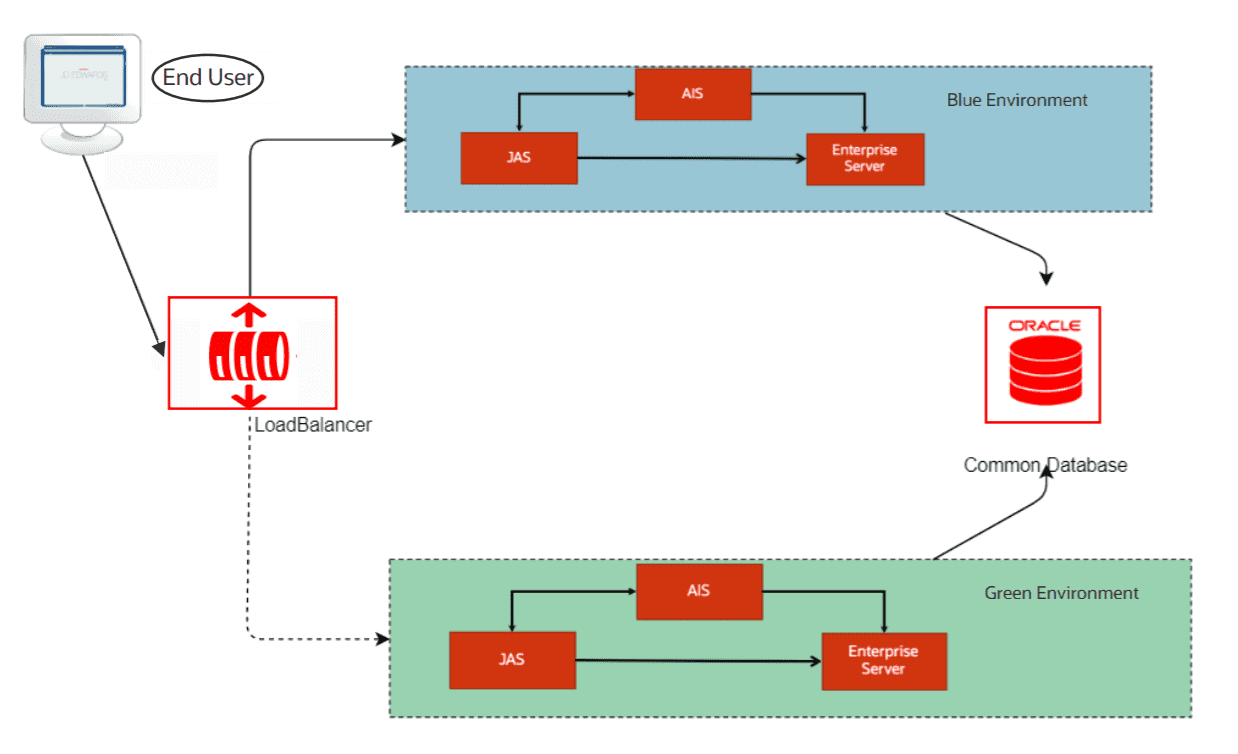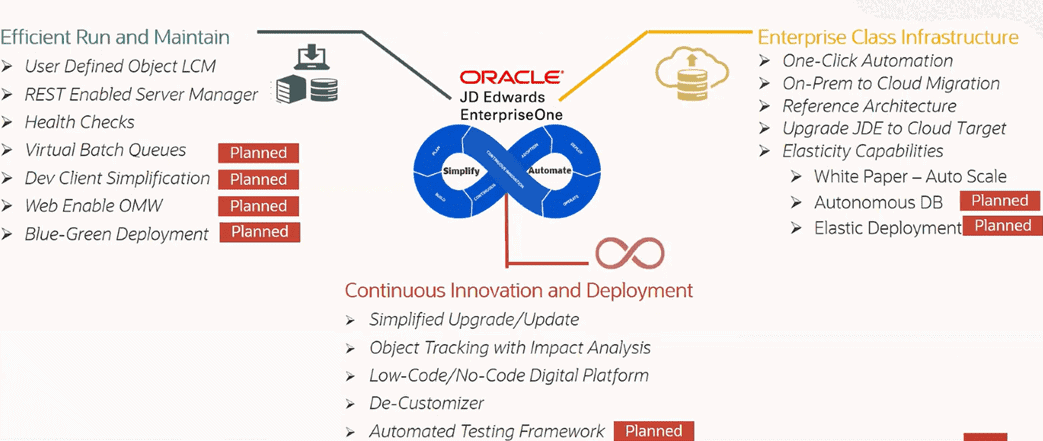JD Edwards Tools Release 9.2.4.4 Feature Updates
Oracle JD Edwards Tools Release 9.2.4.4 strengthens their innovation strategy that continues to serve the EnterpriseOne community. We’ll dive deeper into the new Tools Release functions, and how Oracle’s Continuous Innovation model supports it.
Over the years, JD Edwards has evolved as an on-premises ERP solution to keep up with the fast forward shift in technology. Oracle’s development team continues to improve JD Edwards by leveraging their large ecosystem focusing on high ROI and low total cost of ownership. JD Edwards Tools Release 9.2.4.4, as supported by Oracle’s Continuous Innovation model (detailed in the image below), helps deliver new and enhanced functionalities to the EnterpriseOne platform.
Image from: learnJDE.com
The “simplify and automate” approach to the ongoing maintenance of JD Edwards ensures that the TCO remains low, and also ensures the JDE system takes full advantage of available innovation opportunities. Before we jump into the new functionalities of JD Edwards Tools release 9.2.4.4, here’s a detailed breakdown of the Continuous Innovation model:
The images below further detail Oracle’s Application Unlimited and Premier Support, promised to be extended until 2031:
Image from: learnJDE.com
Image from: learnJDE.com
Breaking Down JD Edwards Tools Release 9.2.4.4
Main Features
Though the new JD Edwards Tools Release 9.2.4.4 already features around 65 enhancements total, ongoing maintenance of the platform continues to ensure the total cost of ownership remains low. To support application releases 9.1 and 9.2, the new JD Edwards Tools Release places a primary focus on three critical areas:
JD Edwards EnterpriseOne Orchestrator
User Experience
Personalization is also a key upgrade of JD Edwards Tools release 9.2.4.4, such as repositioning form controls marked as “required”. This functionality enhancement enables end-users to do the following:
Creating form and row exits in Form Extensions is also a key enhancement. Additionally, end-users pass information in the exit using form interconnects, so specific data is available in the called form, all without customizations. In the new release, media objects also have a Multiple Attachment Selection feature. Through this feature, the media objects feature provides the capability to select, download or delete multiple attachments at one time.
Lastly, there are now additional translations for UDOs. This enhancement enables customers to translate labels and exits with Form Extensions and Personal Forms for specific languages using standard UDO translations.
Autonomous JD Edwards Database
Now, customers can integrate their JD Edwards installation on Oracle Cloud with Oracle Autonomous Database on dedicated Exadata infrastructure, and on Cloud@Customer. This functionality currently supports the following:
Here are some of the Autonomous Database capabilities that are currently not supported at this time:
Oracle Continues Their Commitment to Innovation
Through their continuous innovations model, Oracle continues to build on JD Edwards EnterpriseOne functionalities that are beneficial to the community end user. With Application Unlimited product support until 2031, JD Edwards users can continue to build, plan, operate and deploy impactful workflows within their on-premise ERP solution.
Looking for more on JD Edwards?
Explore more insights and expertise at smartbridge.com/jdedwards
Keep Reading: How to Automate the JD Edwards Item Master Load
There’s more to explore at Smartbridge.com!
Sign up to be notified when we publish articles, news, videos and more!
Other ways to
follow us:






